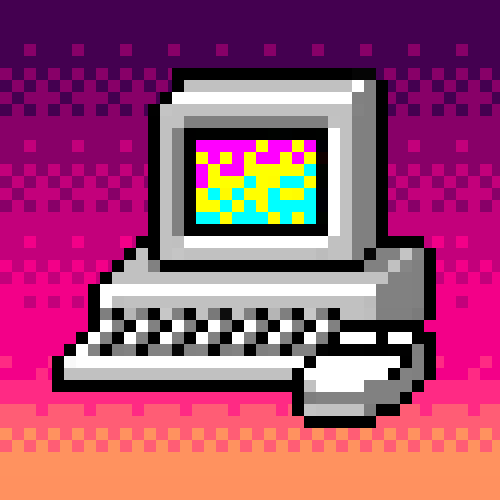The late ’90s brought a new design rhythm. Everywhere you looked, from music players to telephones, there was a wave of translucent gadgets. It’s like toy makers suddenly allowed us to see the magic inside our favorite toys. The idea was simple: let’s show off the insides.
Nintendo wasn’t alone in this. Apple kicked off this new design trend with the introduction of the iMac G3 in 1998. Through its clear, blue shell, you could see all the parts that made the computer tick. This was a period leading up to the new millennium, and such designs embodied a futuristic vision with clear phones, game consoles, and other gadgets becoming popular

This design choice had a message. By revealing the “inner workings,” companies invited users to connect deeper with their devices. It wasn’t just about playing games or using a computer; it was about understanding and appreciating the magic inside.
The consumer industry largely watched the public’s reaction to this new style. Instead of copying Apple directly, they looked at how they could use this new design language for their own products. Nintendo’s translucent N64s fit right into this trend.
Nintendo’s Decision to Go Translucent: The 1999 Funtastic Series:
As the 1990s rolled on, Nintendo was keen on keeping the N64’s appeal fresh and exciting. Enter 1999, a year that saw the introduction of a splash of color and creativity: the Funtastic series.
The Funtastic series wasn’t just about translucent design; it was an ensemble of bright, playful hues. The colors represented a fresh wave of energy and excitement.

Nintendo likely aimed to rejuvenate the N64’s appeal, now a few years old. They launched Funtastic. By introducing these color variations, they infused new life into the console. Think of it as a cafe introducing seasonal flavors to reignite interest and chatter among its regulars. The Funtastic colors were Nintendo’s seasonal flavors, creating a buzz in the gaming community.
The strategy was clear: merge fun gameplay with fantastic design, ensuring the N64 remained not just a gaming console but a must-talk-about centerpiece in any gamer’s collection.
Compared to its peers, the N64 stood distinct. Other consoles of the time, like the PlayStation or Sega Saturn, maintained a more uniform and opaque look. Side-by-side, the new N64s looked fun, even if they had the same tech as their opaque N64 counterparts.
Translucency is back
Fast-forward back to today, there’s been a rekindling of interest in translucent electronics, attributed to a nostalgia for the 90s, coupled with advancements in technology that have enabled the revival of this trend.
Notable mentions include a translucent, limited edition PS4 Pro by Sony, and semi-translucent controllers released by Xbox. Outside of gaming, the audio industry is embracing translucent industrial designs: the release of the Nothing Ear (1) earbuds with transparent casing, and the Beats Studio Buds Plus, further exemplify this resurgence.


Unlike in the 90s, the consumer electronics industry now has a plethora of materials that enable transparency in substrates, active sensors or devices, and even the conductors used in circuits. For instance, new classes of transparent or translucent materials allow for a range of applications from transparent circuits on opaque materials to fully transparent devices. 3D printing enables rapid prototyping with these new materials too.
The blending of nostalgia with modern technology has paved the way for the return of translucent electronics. With advancements in materials and manufacturing techniques, I can’t wait to see this trend leap forward into new products and design aesthetics.







